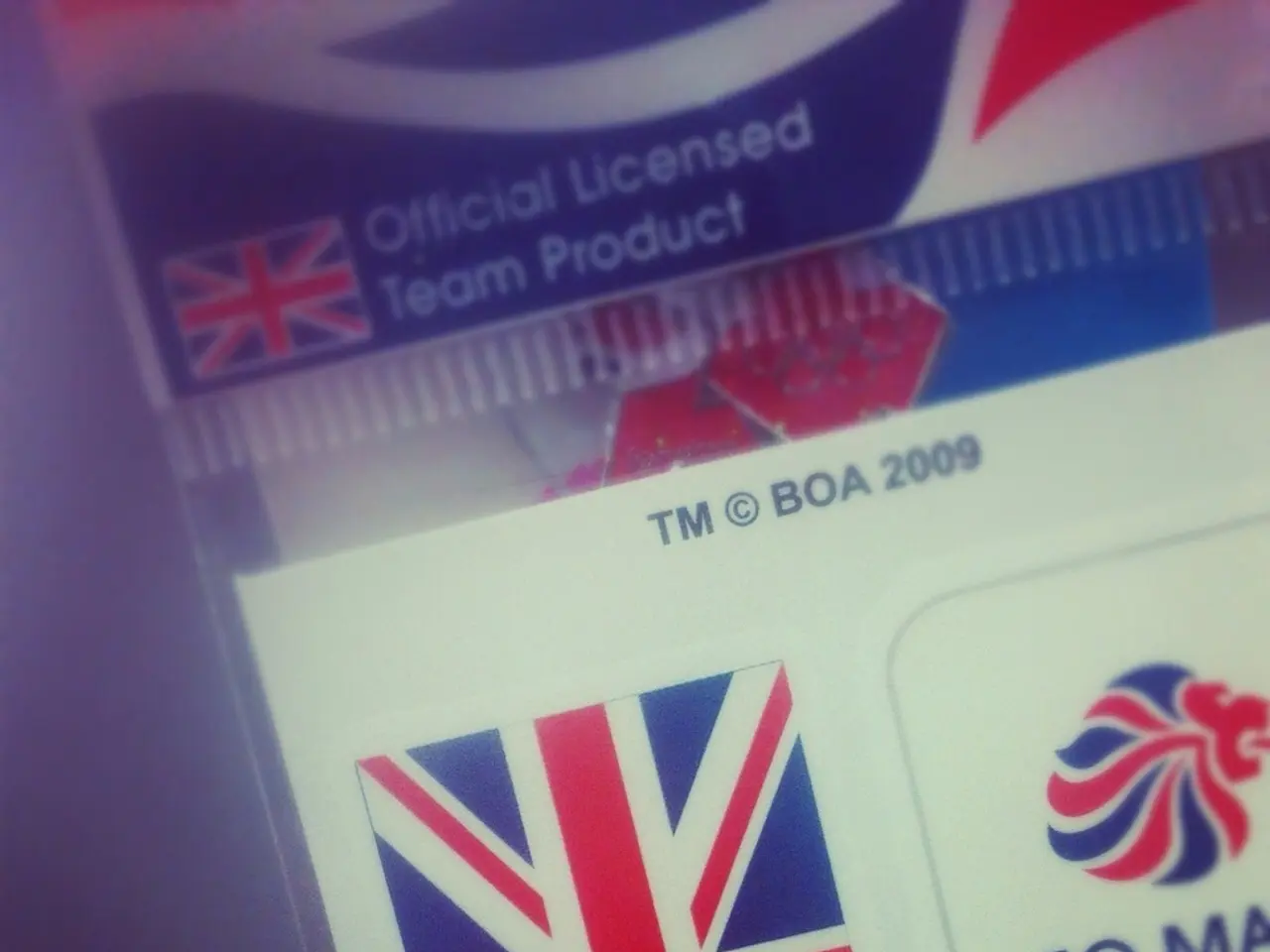Working Mechanism of Lifetime ISA: Essential LISA Guidelines
The Lifetime ISA (LISA), a government-backed savings vehicle, has been gaining popularity among first-time home buyers and those saving for retirement. With around 1.3 million accounts open at the end of the 2023/24 tax year, LISA offers a tax-efficient way to save money, with any interest and investment gains being tax-free.
The LISA provides a government bonus of up to £1,000 per year, but it comes with certain restrictions. You can deposit a maximum of £4,000 per tax year into a LISA, with a 25% government bonus capped at £1,000 annually. This limit is part of the overall ISA annual allowance of £20,000.
However, withdrawals can be a concern. Withdrawals can be made without any fees after age 60 or for buying a first home. But, withdrawing money for any other reason before age 60 incurs a 25% penalty charge on the amount withdrawn. This charge means you could get back less than you originally invested, as the penalty effectively claws back the government bonus and more.
The LISA is primarily designed for either buying a first house or long-term retirement savings from age 60. However, the withdrawal charge is often viewed as a significant limitation for retirement use because it restricts flexibility and punishes early access to funds for any other purpose.
Reforms to address this withdrawal charge are a topic of discussion in the financial community, as they could increase LISA’s attractiveness as a retirement savings product. The current 25% penalty charge poses a significant barrier to using the LISA fully for retirement savings.
The LISA house price cap of £450,000 is also a point of contention. While it helps some regions, such as the North East, where average house prices are lower, it makes the LISA less helpful in regions with higher house prices, like London.
Another concern is the exit charge. An unauthorized withdrawal from a LISA results in a 25% exit charge, effectively taking away the government bonus and a portion of the saver's own money.
Despite these concerns, the LISA has been successful in helping almost 230,000 savers get onto the property ladder since its launch. The South East saw the highest number of LISA users, with 38,650 individuals using the savings vehicle to help with their first purchase. The North West had the second-highest level of LISA usage, with almost 28,000 individuals using their government-boosted savings to buy their first home.
However, the number of unauthorized LISA withdrawals has been on the rise, with a 31% jump in the 2023/24 tax year compared to the previous year. This has resulted in combined withdrawal charges amounting to £75.3 million, or an average of £755 per person.
In conclusion, while the LISA offers attractive benefits, it comes with certain restrictions and concerns, particularly regarding withdrawals and its use for retirement savings. Reforms to address these issues could make the LISA a more versatile and appealing savings vehicle for both first-time home buyers and savers planning for retirement.
[1] Source: MoneySavingExpert.com [3] Source: Gov.uk [5] Source: FTAdviser.com
- The Lifetime ISA (LISA) has been favored by first-time home buyers and those saving for retirement, seeking a tax-efficient way to build personal-finance, with the government offering a bonus of up to £1,000 per year.
- Despite its appeal, LISA withdrawals can be a concern, especially since withdrawing funds before age 60 or for reasons other than a first home purchase or retirement results in a 25% penalty charge, potentially compromising any investment returns or savings.
- Given its limitations, some financial experts consider the withdrawal charge a significant hurdle in using LISA for retirement savings, suggesting that reforms could make the LISA more appealing as a retirement savings product.
- The LISA house price cap of £450,000 poses challenges in regions with higher-than-average house prices, such as London, reducing its effectiveness in those areas.
- Concerns about the LISA extend to the exit charge, as an unauthorized withdrawal from the savings vehicle results in a 25% charge, impacting both the government bonus and the saver's own contributions.




